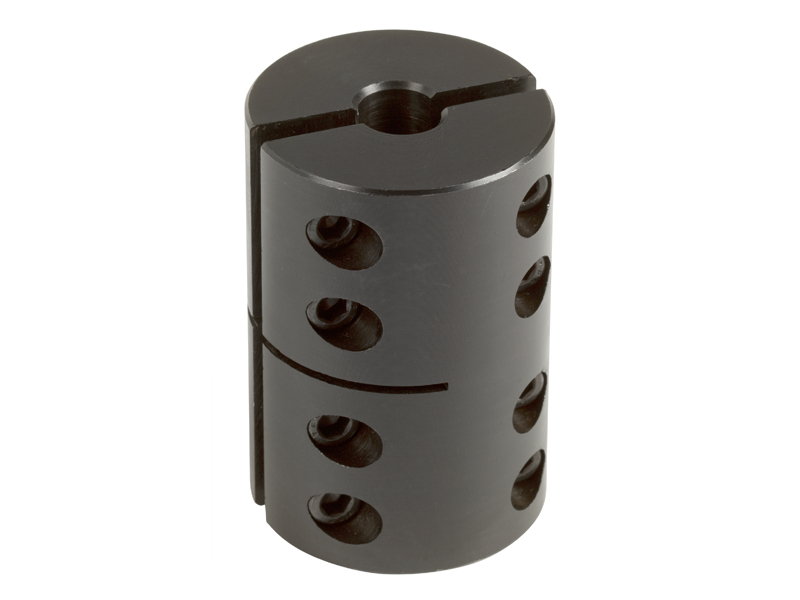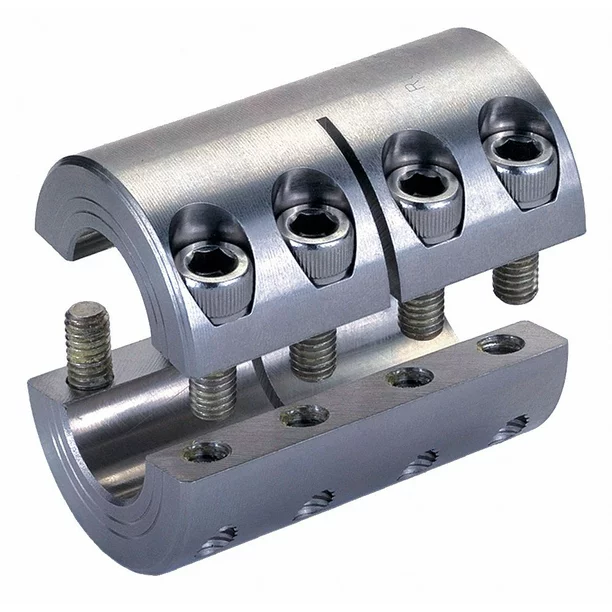Product Description
| Other Products List We Manufacture: | |
| Industry Ball Valves | 3 Way Ball Valve |
| 1 PC Male/Female Thread Ball Valve | |
| 2 PC Male/Female Thread Ball Valve | |
| 3 PC Male/Female Thread Ball Valve | |
| 1 PC Flange/Welding/Union Ball Valve | |
| 2 PC Flange/Welding/Union Ball Valve | |
| 3 PC Flange/Welding/Union Ball Valve | |
| Floating ball valve | |
| 2 inch ball valve | |
| motorized ball valve | |
| electric ball valve | |
| 1 inch ball valve | |
| ball valve manufacturers | |
| trunnion mounted ball valve | |
| gas ball valve | |
| ss ball valve | |
| full port ball valve | |
| trunnion ball valve | |
| high pressure ball valve | |
| actuated ball valve | |
| flanged ball valve | |
| mini ball valve | |
| three way ball valve | |
| pneumatic ball valve | |
| 3 inch ball valve | |
| 4 inch ball valve | |
| 2 piece ball valve | |
| 3 piece ball valve | |
| water ball valve | |
| threaded ball valve | |
| 4 way ball valve | |
| full bore ball valve | |
| ball valve shut off | |
| cryogenic ball valve | |
| segmented ball valve | |
| stainless ball valve | |
| 2 way ball valve | |
| metal seated ball valve | |
| locking ball valve | |
| pneumatic actuated ball valve | |
| rising stem ball valve | |
| 3 way flanged ball valve | |
| 3 way ss ball valve | |
| 1 ball valve price | |
| 4 inch stainless steel ball valve | |
| trunnion ball valve manufacturers | |
| locking ball valve | |
| spring return ball valve | |
| ball valve flange type | |
| 2.Industry Pipe Fittings | welded/thread Elbow |
| Tee | |
| Cross | |
| Cap | |
| Pipe Hanger | |
| Hose Joint | |
| Unions | |
| Quick connector | |
| Quick coupling | |
| Ferrule | |
| Reducer | |
| Socket | |
| Bend | |
| Plug | |
| Bushing | |
| Nipple | |
| Y-Tee | |
| Y-Shaped | |
| Lateral-Tee | |
| Flange | |
| 3 .Sanitary valve | Sanitary Butterfly Valves |
| Sanitary Check Valves | |
| Sanitary Ball Valvess | |
| Sanitary Reversal Valve | |
| Sanitary Diaphragm Valves | |
| Sanitary Sample Valves | |
| Sanitary Safety Valves | |
| Sanitary Control Valves | |
| Sanitary Relief Pressure Valves | |
| 4. Sanitary Pipe Fittings | Sanitary Elbow |
| Sanitary TeeSanitary Reducer | |
| Sanitary Cross | |
| Sanitary Triclamp Ferrule | |
| Sanitary Cap | |
| Sanitary Pipe Hanger | |
| Sanitary Tank Cleaning Ball | |
| Sanitary Hose Joint | |
| Sanitary Unions | |
| Sanitary Sight Glass | |
| Sanitary Strainer | |

What are the Torque and Speed Limits of Clamp Couplings in Various Applications?
The torque and speed limits of clamp couplings vary depending on their design, material, and application. Generally, clamp couplings are suitable for a wide range of torque and speed requirements in various mechanical systems. Here are some considerations:
Torque Limits:
Clamp couplings can handle a broad range of torque values, making them suitable for low, medium, and high torque applications. The torque capacity is influenced by factors such as the material and size of the coupling, as well as the clamping force applied to the shaft.
It is crucial to select a clamp coupling that can handle the maximum torque generated in the system during operation. Oversizing the coupling ensures it can safely transmit the required torque without reaching its limits, reducing the risk of premature failure.
Speed Limits:
Similar to torque limits, the speed limits of clamp couplings are influenced by their design and material. In high-speed applications, factors like centrifugal forces and resonance become significant considerations.
Clamp couplings made from high-strength materials like stainless steel or alloy steel can handle higher speeds with minimal risk of deformation or failure. Additionally, precision machining and balancing of the coupling help reduce vibration and maintain stability at elevated speeds.
Application-Specific Considerations:
When using clamp couplings in specific applications, factors like shock loads, reversing loads, and misalignment should be accounted for. These dynamic forces can impact the overall performance and durability of the coupling.
It is essential to consult the manufacturer’s specifications and guidelines for torque and speed ratings. Additionally, engineering calculations and simulations can help determine the most suitable clamp coupling for a particular application.
Professional Advice:
If you are unsure about the torque and speed limits of clamp couplings for your specific application, it is advisable to seek professional advice from coupling manufacturers or engineering experts. They can provide valuable insights and recommend the most appropriate coupling for your requirements, ensuring reliable and efficient power transmission in your mechanical system.

Impact of Clamp Coupling Design on Performance in Heavy-Duty Applications
The design of a clamp coupling plays a crucial role in determining its performance, especially in heavy-duty applications. Here are some key design factors and their impact:
- Material Selection: The choice of material affects the strength, durability, and resistance to wear and corrosion. In heavy-duty applications, steel clamp couplings are often preferred due to their high tensile strength and ability to withstand heavy loads and torque.
- Torsional Rigidity: Heavy-duty applications often involve transmitting high levels of torque. A clamp coupling with higher torsional rigidity will maintain the connection between shafts more effectively, minimizing backlash and ensuring accurate power transmission.
- Hub Design: The hub of the clamp coupling should have a robust and precise design to provide a secure grip on the shafts. In heavy-duty applications, keyless and multiple screw designs are commonly used to distribute clamping forces evenly and prevent slippage.
- Number of Screws: The number of screws used to secure the clamp coupling to the shafts can impact its holding power. More screws distributed around the circumference can provide better balance and prevent distortion under heavy loads.
- Clamping Force: The clamping force applied by the coupling affects the torque transmission capabilities. In heavy-duty applications, it is crucial to ensure that the clamping force is sufficient to prevent slippage between the coupling and the shafts.
- Surface Treatment: The surface of the clamp coupling can be treated to enhance its resistance to corrosion, wear, and fatigue. Surface treatments like coating or plating can significantly improve the coupling’s performance and longevity in challenging environments.
- Alignment: Proper alignment during installation is vital to prevent premature wear and excessive stress on the coupling. In heavy-duty applications, precision alignment using alignment tools or laser systems is recommended to maintain optimal performance and prevent premature failure.
Conclusion: In heavy-duty applications, selecting a clamp coupling with the right material, torsional rigidity, hub design, number of screws, and clamping force is critical to ensuring reliable and efficient power transmission. Proper installation, regular maintenance, and adherence to manufacturer’s guidelines will further enhance the performance and longevity of the clamp coupling in heavy-duty applications.

Different Types of Clamp Couplings
Clamp couplings come in various designs to accommodate different shaft sizes, torque levels, and application requirements. Some common types of clamp couplings available in the market include:
- Two-Piece Clamp Couplings: This type of coupling consists of two separate hubs that are connected by a clamp. The clamp is tightened to secure the two hubs onto the shafts, creating a rigid connection. Two-piece clamp couplings are easy to install and suitable for applications with moderate torque and misalignment.
- One-Piece Clamp Couplings: As the name suggests, one-piece clamp couplings have a single-piece construction, which simplifies the installation process. They provide a compact and lightweight solution for low to medium torque applications.
- Double-Walled Clamp Couplings: These couplings have a unique double-walled design, providing better torque transmission capabilities and torsional rigidity. They are ideal for applications with high torque and precise positioning requirements.
- Set Screw Clamp Couplings: Set screw clamp couplings use set screws to secure the coupling onto the shaft. While they are simple and cost-effective, they may not handle high torque and misalignment as effectively as other types.
- Wedge Clamp Couplings: Wedge clamp couplings use a wedge-shaped collar to create a tight grip on the shaft. They offer excellent torque transmission and axial holding power, making them suitable for heavy-duty applications.
- Keyless Clamp Couplings: Keyless clamp couplings eliminate the need for keyways and key connection. Instead, they use compression to secure the coupling to the shaft, providing high torque capacity and easy installation.
- Hydraulic Clamp Couplings: Hydraulic clamp couplings use hydraulic pressure to tighten the clamp, ensuring uniform pressure distribution and secure shaft connections. They are commonly used in high-power and critical applications.
- Clamp Couplings with Tapered Bushings: These couplings feature tapered bushings that provide a tight fit on the shaft and enhance torque transmission capabilities. They are suitable for heavy-duty applications and high misalignment conditions.
The selection of the appropriate clamp coupling depends on the specific requirements of the mechanical system, such as torque levels, shaft sizes, misalignment allowances, and operating conditions. Consulting with coupling manufacturers or engineering experts can help in choosing the right type of clamp coupling for a particular application.


editor by CX 2023-08-14